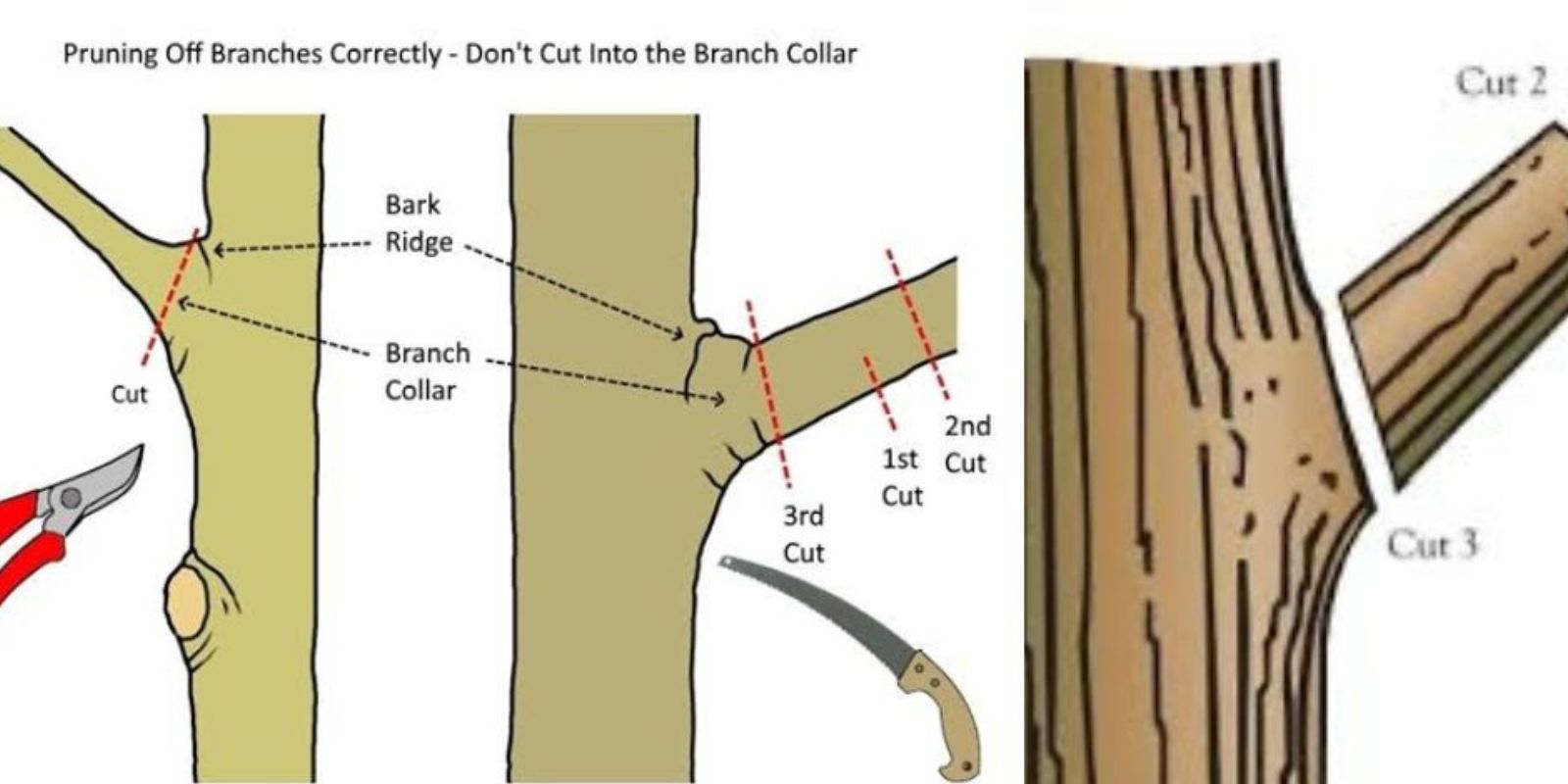Pruning is more than just cutting away unwanted branches—it’s a critical gardening practice that enhances plant health, encourages growth, and shapes trees and shrubs into beautiful and functional elements of your landscape. Done correctly, pruning can prevent disease, improve air circulation, and maximize flowering and fruiting. In this comprehensive guide, we’ll walk you through everything you need to know about pruning trees and shrubs effectively.
Why Pruning Matters
Pruning serves several purposes:
- Health Maintenance: Removing dead, diseased, or damaged branches helps plants stay healthy and prevents the spread of disease.
- Growth Management: Proper pruning directs growth and ensures the plant’s structure remains strong and balanced.
- Aesthetic Appeal: It shapes trees and shrubs to enhance the overall look of your garden.
- Safety Concerns: Removing weak or overgrown branches prevents hazards, especially near walkways or buildings.
Tools for Pruning
Having the right tools ensures clean cuts and minimizes harm to the plant:
- Pruning Shears: Ideal for small branches and stems.
- Loppers: Great for cutting medium-sized branches.
- Pruning Saw: Necessary for thick branches.
- Pole Pruner: Helps reach high branches safely.
- Tool Sanitizer: Essential to disinfect tools between cuts and avoid spreading disease.
How to Prune: Step-by-Step Instructions
1. Identify Branches to Remove
- Look for crossing, rubbing, or overcrowded branches.
- Identify water sprouts (vertical shoots) and suckers (growth at the tree base), which drain energy from the plant.
- Remove dead or damaged branches to prevent disease.
2. Follow Proper Cutting Techniques
- Undercut First: Begin with a small cut on the underside of the branch to prevent bark tearing.
- Remove the Branch: Make the second cut from the top, slightly outside the first cut, to remove the branch.
- Final Cut: Make a clean cut near the branch collar (the swollen area where the branch meets the trunk), being careful not to damage it.
3. Timing is Crucial
- Deciduous Trees: Prune during dormancy in late winter or early spring to encourage strong growth.
- Evergreens: Prune in early spring before new growth begins.
- Flowering Shrubs: Prune after flowering to preserve buds for the next season.
4. Techniques for Specific Goals
- Thinning: Remove entire shoots to improve air circulation and light penetration.
- Heading: Trim back branches to encourage bushier growth.
- Renovation Pruning: Open up overgrown shrubs to rejuvenate them and improve their structure.
5. Healing and Regrowth
- Clean cuts made near the branch collar heal faster and more effectively.
- Severe pruning may stimulate new growth, especially for older plants needing rejuvenation.
When to Prune: Seasonal Guidelines
- Winter (Dormant Season): Ideal for most deciduous trees. The lack of leaves makes it easier to see the plant’s structure.
- Spring (Before Growth Begins): Perfect for evergreens and trees that flower on new wood.
- After Flowering: Essential for shrubs that bloom on old wood, such as lilacs and hydrangeas.
- Summer: Useful for controlling growth or shaping plants during active growth.
Common Mistakes to Avoid
- Over-Pruning: Removing too much foliage can stress the plant and inhibit growth.
- Improper Cuts: Cutting too close to the trunk or leaving stubs can lead to disease or decay.
- Ignoring Timing: Pruning at the wrong time can reduce flowering or fruiting.
- Using Dirty Tools: Always sanitize tools to prevent spreading pathogens.
Benefits of Proper Pruning
Pruning provides several immediate and long-term benefits:
- Improved Plant Health: By removing dead or diseased wood, you reduce the risk of infections.
- Enhanced Growth: Proper cuts stimulate growth in the desired areas.
- Better Air and Light Circulation: Thinning dense growth minimizes pest problems and promotes photosynthesis.
- Increased Safety: Weak or overgrown branches that pose hazards are eliminated.
Special Considerations for Shrubs
Pruning shrubs can vary depending on their type:
- Flowering Shrubs: Always prune after flowering to avoid cutting off next year’s buds.
- Evergreens: Focus on light trimming to shape them without overstressing.
- Hedges: Regularly prune to maintain their form, but avoid heavy pruning in late summer.
Eco-Friendly Pruning Tips
- Compost Pruned Material: Use small branches and leaves as compost or mulch.
- Reuse Cuttings: Propagate healthy branches to create new plants.
- Avoid Chemicals: Opt for manual pruning over chemical growth retardants.
Conclusion
Pruning is both an art and a science, requiring a good understanding of plant biology and growth patterns. By mastering the techniques and timing outlined in this guide, you can ensure your trees and shrubs remain healthy, beautiful, and productive for years to come.
What’s your favorite pruning tip or success story? Share it in the comments below and let’s keep growing together!
#GardeningTips #Pruning101 #HealthyPlants #TreeCare #ShrubCare #GreenThumb #GardenHacks #PlantCare

